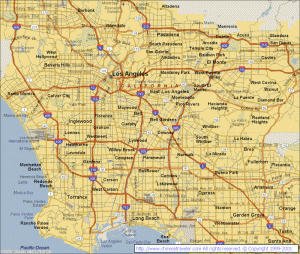
Judy Garland: Live at the Actors Studio
- Post author:Steven Morris
- Post published:December 27, 2016
- Post category:Featured Column
- Post comments:3 Comments
You Might Also Like

Paul Birchall’s Got it Covered: From Brian Kite at UCLA to an Aborted NYC Mikado to Bloomberg Foundation Largesse to the 20 Most Produced Playwrights of 2015-16

SITI Company’s Ellen Lauren and J. Ed Araiza Bring Rigor and California’s Great Depression to A Midsummer Night’s Dream

Thank you for this, Neil, it is just delightful and just the tonic we ole troupers need in this ugly period. About that same time, i was studying with Stella, taking musical comedy classes down at HB with Charles Nelson Reiley, and two dance classes a day at June Taylor. I’d escaped Long Island hell, and was out of the closet with a vengeance and ensconced in Hell’s Kitchen, then lovingly dubbed “The Dance Belt,” so many gypsies lived there.
Lovely piece. Brought back memories of names and faces from the era that I had forgotten about and captured the excitement of life in the theater for young actors in those days. More pieces from this writer, please!
B.H.
New York, NY
Truly enchanting stories.